One of the most famous art forms that have taken the artist groups of the world by its horns is the Madhubani art form which originated from the Mithila region of Bihar and Nepal. It is not only the living tradition but also the social structure of the land and represents its community in a vivid manner.
Engrossing the viewers and connoisseurs of the art world with its bright colors and complex geometrical representations, it is one of the go-to art forms of the country when it comes to the appreciation of a style.
Madhubani art is often a depiction of some traditional rituals and ceremonies or celebrating a festival or religious rituals, and the colors used to depict the scenes are made from natural sources such as plants. Pigments like ochre and lampblack are also used to make colors like brown or black. The artists were also known to use natural objects such as twigs, fingers, or matchsticks instead of traditional brushes.
Some of the oldest references to Madhubani paintings come from the Ramayana, a Hindu epic, where Sita’s father asks his artists to create a Madhubani painting for her wedding. The original base of the paintings were mud slabs and plastered mud walls but was later replaced with cloth, canvases, and even handmade paper. Both the contents of the paintings as well as the style have been limited due to the geographical location of the art being limited in the first place.
The paintings are a representation of its people, and reflect the cultures, psychology, and physicality of their region, in a beautiful and artistic manner. The core theme of all the paintings is love and fertility. Madhubani paintings are characterized by five different styles, namely Kohbar, Katchni Bharni, Tantrik, and Godna and in today’s modern times they have also been merged into more contemporary art forms. The main themes of the painting surrounded deities such as Lakshmi, Durga, Krishna, Shiva, Rama, and Saraswati. Scenes from royal courtroom sittings or royal events that took place in ancient times can also be seen through the paintings, representing their culture and those times.
While natural resources are mixed and used to make the desired colors, a lot of the materials used for the painting process come from powdered rice, turmeric, pollen, indigo, pigments, sandalwood, various flowers, and leaves of various trees and plants.
On the completion of the painting by the artist, they add small motifs of animals, flowers, or even geometric shapes, if they notice that there are empty spaces or parts of the painting that look incomplete. Also known as Mithila paintings, this art form has two central types, Aripana (on the ground-soil) and Bhittichitra (paintings made on a mud wall).
The room of worship for a god or goddess, the room of a newly married couple, and the drawing room walls were usually covered in Bhittichitra paintings. These were also done for auspicious occasions or rituals, as well as festivals such as Diwali or Deussehra.
Madhubani paintings are unique in the sense that traditionally, they were made on grounds of soil or mud walls for auspicious days or occasions and erased the next day, making them temporary. Their form of artistic expression was selective, and hence there wasn't a lot of preservation of these works. The paintings were momentary and natural, and the skills of making them were passed on from generation to generation with much ease and gratitude, without any external efforts.
The commercialization of this art form started in about 1962 CE and has since taken off spectacularly. Attracted by the Madhubani murals, a foreign artist who was visiting the town as a woman to re-create some of the art on pieces of paper so he could take it back to show more people the beauty of, and thus started the awareness of and reach of the art.
The recent initiatives taken by the NGOs, local government, and cultural organizations, have brought Madhubani art to an even greater level of recognition and popularity. Madhubani prints have started getting incorporated into the field of fashion as well, and a lot of designers and fashion moguls have added the art into their line of clothes and fabrics.
These prints are used to make dupattas, sarees, kurtas, salwar kameez, and even long skirts. In the region of Mithila, they have started printing day to day use items such as handbags and pouches as well which are used widely by the residents.
Madhubani paintings enjoy popularity on a worldwide basis now, and are famous in countries like Japan, Germany, the USA, and even France, and are widely discussed by art galleries all over the world. The Master Craftsmen Association of Mithila which was founded by an American citizen in 1977 CE, assists the artists of Madhubani art with selling their works through events like exhibitions.
Very recently, many of the government buildings of the Madhubani city, town hall, railway station, administrative office buildings, and government properties such as bungalows, etc. have been thoroughly covered by Madhubani paintings through various art projects.
Starting off within a small region, it has now scaled the walls of the world and made a niche stage for itself in the community of art, Madhubani paintings continue to live up to their name and popularity, and continue to be one of the most beautiful and geometric depictions of the cultures of India.
Blogs you might also like:
Ajrakh-Aa-Tales
Pochampally Ikat - Excerpts from conversation
Pedna Kalamkari - In Conversation with Pitchuka Srinivas

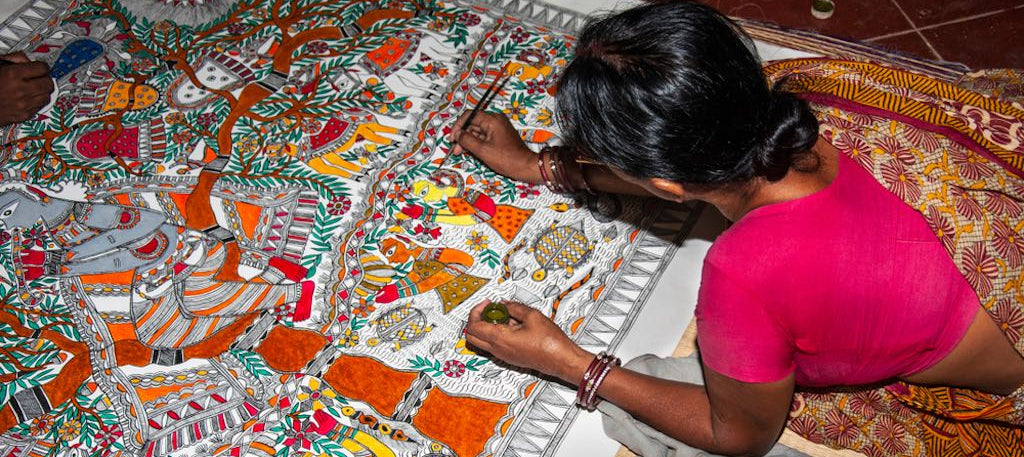
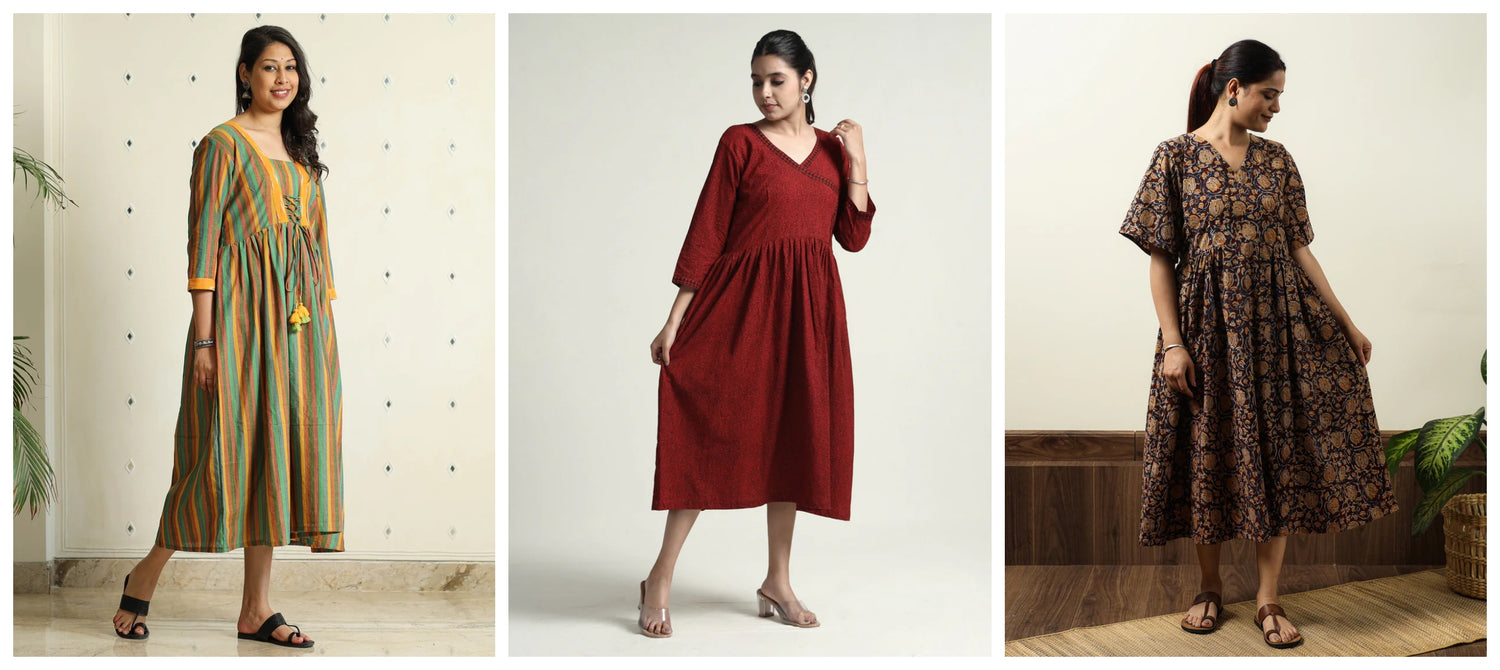
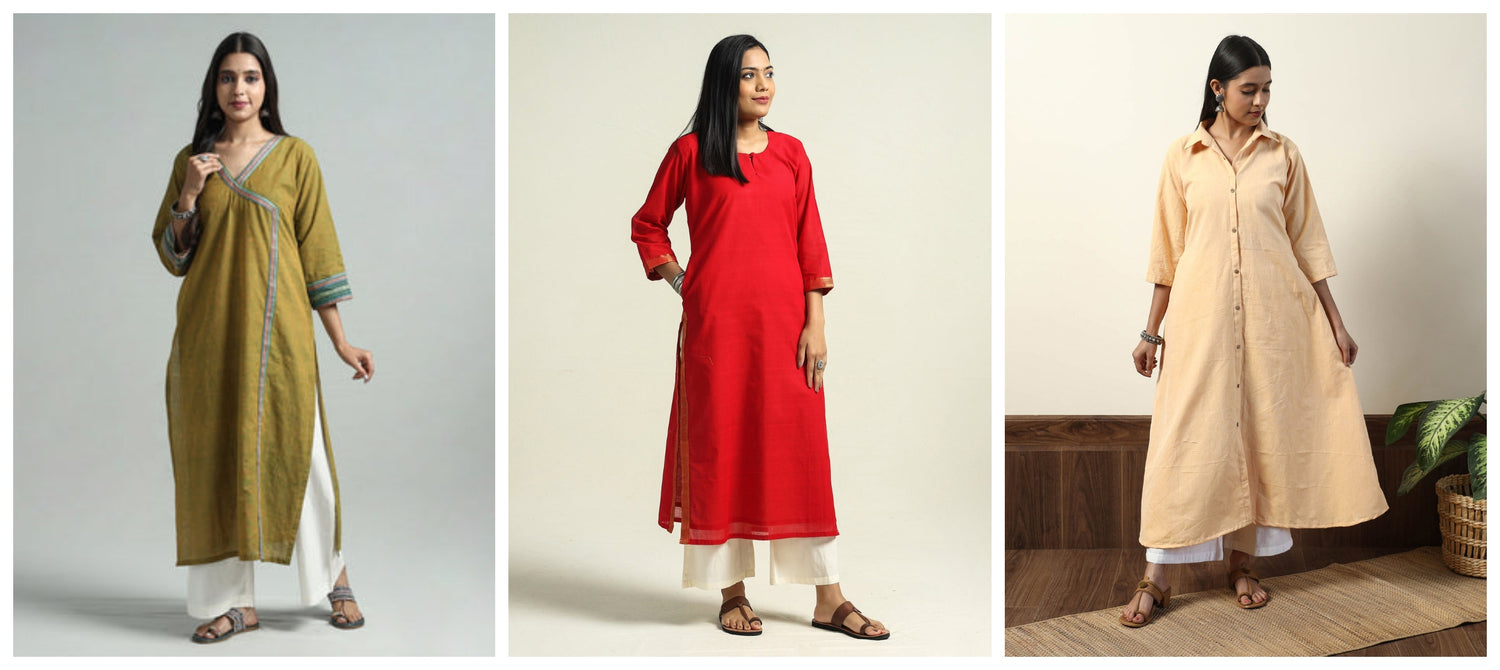
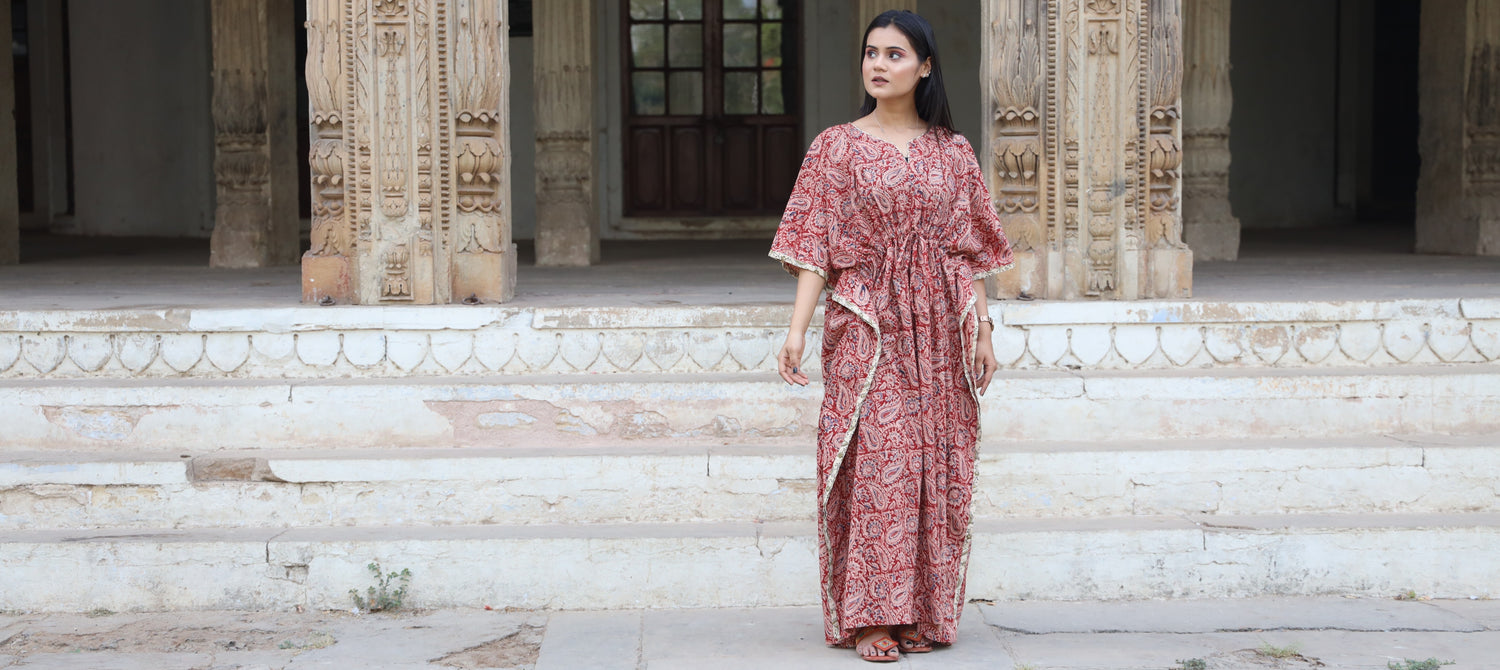


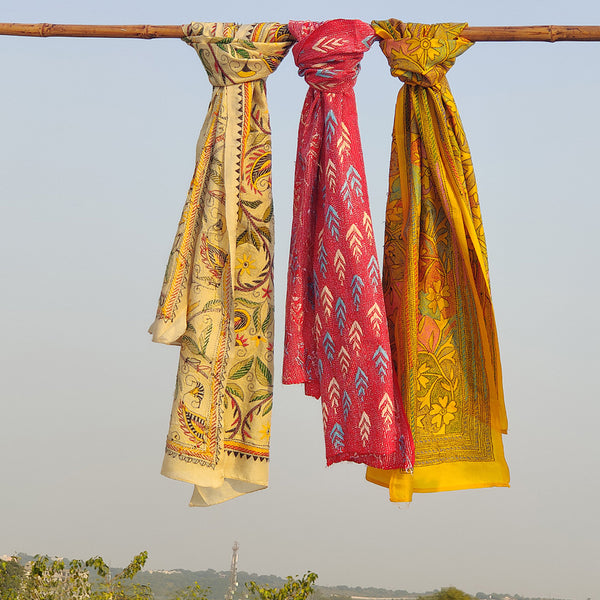



Leave a comment (all fields required)